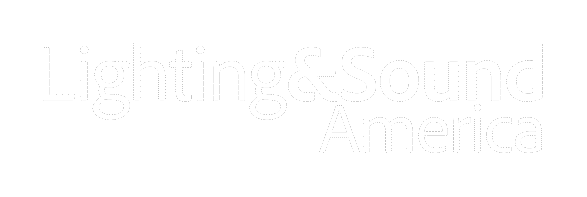Zoe Spurr Reflects Moods of Twelfth Night for Royal Shakespeare Company with TSL and CHAUVET Zoe Spurr's lighting designer for Royal Shakespeare Company's recent revival of Twelfth Night reflected the play's myriad moods, earning her widespread praise; one newspaper critic singled out her work for "helping to shift the tone" of the play. Spurr relied on a versatile rig supplied by TSL Lighting that featured the COLORado Solo Bar 4 from CHAUVET Professional. "TSL were a joy to work with," says Simon Spencer, senior lighting technician, RSC. "The equipment came to us prepped and ready to go on time and working perfectly. I'll definitely be using them again in the future." A lightbox containing 12 COLORado Solo Bar 4 units, six pointing straight up and six down, played a key role in helping Spurr change the emotional aura on stage. "At the start of the play, my excellent programmer Vic Brennan and I ran the Solo Bars at full power in an ice white color, using this as the key source for the scene, supporting with some low cross light so as not to busy the air with beams of light from above," she explains "There was a grey BP downstage of them and a bounce cloth upstage. The units were rigged touching, so we had a solid wall of light within the Lightbox. "As the narrative unfolds, we moved to warmer more open tones," Spurr continues. "At this point the Lightbox softened and warmed, in addition to doing an automated move to create more of a ceiling, spilling warmer light into the space. Throughout the piece, from this point, some scenes very quickly move time and location, but others run straight through, so it was important to create a key look that could support the action but could also quickly cross-fade into different ideas. For example, Sebastian and Antonio in their isolated world took on a green tone, which contrasted them and their locations from the warmer or neutral interiors and courtyards of Olivia and Orsino." The early scenes in this version of the play, which set the action in Edwardian England, were performed in front of the Lightbox, with powerful key light transforming locations. Once this element disappeared, an enormous organ, part of scenic designer James Cotterill's distinctive set, appeared out of the darkness and remained onstage until near the end of the play. As a result of this change, the actors had to perform in a large thrust space. This and the quick pace of movement and dialogue meant there was little opportunity to close down and find moments of stillness. Spurr addressed this issue by creating a lighting state that could carry all of this action while not blinding the front rows with light, also ensuring the cast was lit from all sides. "We wanted a bright, open playing space for them," she says. "Trying to create shape and style for long periods of time was sometimes tricky!" The appearance of the organ was only one of many clever nuances that Cotterill and director, Prasanna Puwanarajah, used to endow this production of Twelfth Night with its fresh, original aura. Spurr kept pace with these flourished by changing the tone and color of her lighting. This was very evident in scene 18 at the famous reveal; when Viola and Sebastian hold a tableau onstage to listen to their story unfold. Spurr reflected this with a slow close-down to the twins and a softer, warmer light to pick them out amongst the previous chaos. The effect not only supported the play's narrative but also reflected the powerful emotional meaning of the moment. Spurr explains how the COLORado Solo Bar 4, with its full RGBwWL color rendering prowess, aided her efforts. "The design for the production was based around cold white colors, especially the preset and opening," she says. "We were able to achieve the perfect color with the COLORado bars. Using a standard RGB fixture, or even a RGBA one, wasn't an option -- the red/warm always reads too much, especially against a copper floor. "So, the color mixing in the COLORado unit was key to achieving this color, as well as making the softer warm colors used in later scenes, which are also very difficult to achieve with a standard RGB mix," she continues. "The crossfades between colors were also very good, which was imperative as there's nowhere to hide that on an 8m x 5m Lightbox! There was a bit of fine-tuning to the process." 
|

